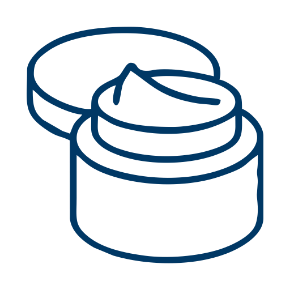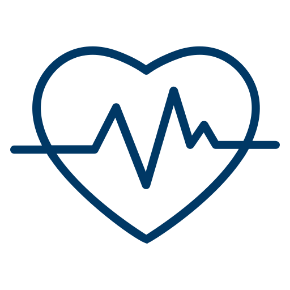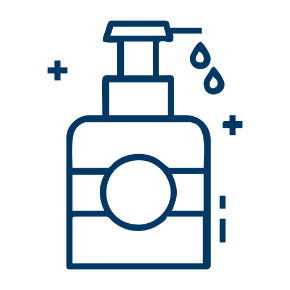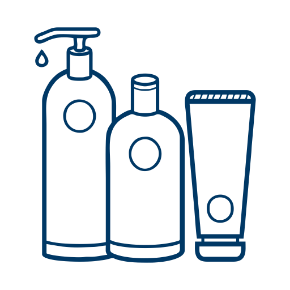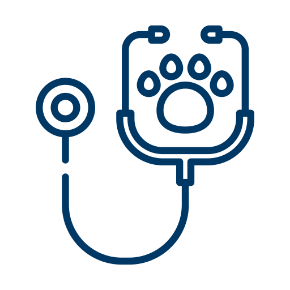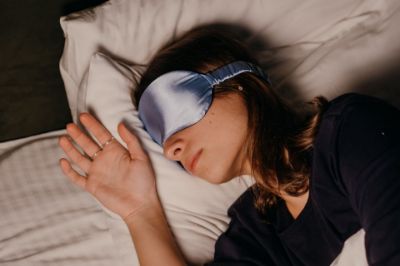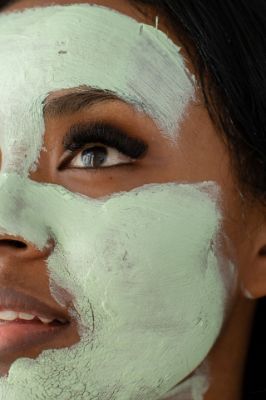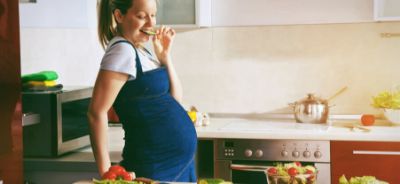Do you remember being totally unaware that collagen matters in skin? Possibly when you were 20 years old and your collagen production was so high, 75% higher than it will be with age, you didn’t need to think twice about it. You heard the word collagen mentioned vaguely, you knew it was a protein, you knew it was somehow related to your skin’s structure.
The reality is it, like so many things, it’s only when you start to see the effects of it leaving that you start to care. When your skin begins to show signs of aging, understanding what collagen is, what it does, and how you can encourage it to stay, is where dermatology comes in.
Collagen is the main protein in the body.
It’s everywhere. In your bones, in your gut, in your teeth, in your muscles. Everywhere. And it’s produced by the body every single day. But its production slows as you age.
Collagen and water make up most of the skin.
Collagen is also the main protein in skin. Collagen alone accounts for between 80% to 90% of skin’s dry weight, when you exclude water. It resembles a triple helix, that is a spiral structure, made of three chains of a hundred or so amino acids.
Collagen is what makes our skin firm.
Just as it is used by the body in building muscles, collagen gives our skin the resilience and firmness it was born with. Originating in the Greek word, kólla, meaning glue, collagen type I and type III bind together in the dermis, like a connective cushion.
It’s made by fibroblasts, cells in the dermis, the skin’s second layer, also responsible for secreting elastin. And together with elastin and other proteins called glycoproteins, collagen forms part of what’s called the Extracellular Matrix. This is the network that structures the skin itself, like a muscle, providing its actual physical properties, like tonicity, resilience and firmness.
Skin loses collagen at a pace of 1% a year.
After our mid to late twenties and early thirties, skin loses approximately 1% of collagen every year. Collagen synthesis by fibroblasts decreases, leading to a loss of elasticity, firmness and suppleness. So between now and the next football World Cup in 2022, most of us will lose 4% of our collagen. This is why by the time we’re 80, our skin will produce 75% less collagen than it did when we were 20.
Collagen declines even faster depending on how we live.
Collagen depletion can be accelerated: by photo-aging, by pollution, smoking and by diet. The associated free radicals and the process of glycation (the biological process whereby sugar molecules attach themselves to collagen) can wreak havoc, making existing collagen fibers hard and fuse together. Plus the enzymes which break down collagen (MMPs) are stimulated by UV rays. Also with age, collagen, typically a large protein, becomes thinner. Not surprisingly, given its major supporting role, this degradation of collagen is visible in skin, making it more rigid and less supple.
Collagen can be boosted inside-out and outside-in.
Now that glycation is its own area of anti-aging research, mounting evidence suggests we can refill our skin with collagen – or at least slow its departure or destruction by eating our way to collagen health (going easy on sugar for starters) and avoiding overexposure to the sun. Collagen-protecting skincare can also work double-duty by defending the collagen in skin already, while simultaneously boosting skin to product more.
It’s only natural that collagen declines with age. By making some very simple daily skincare decisions, we can, however, correct the signs of its loss on skin.

